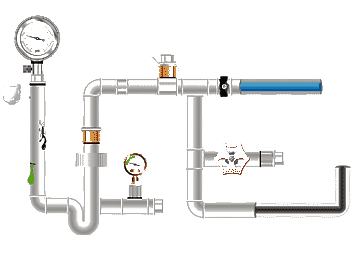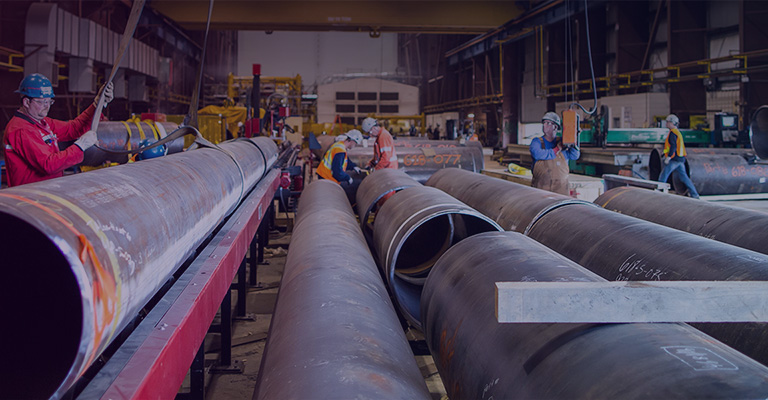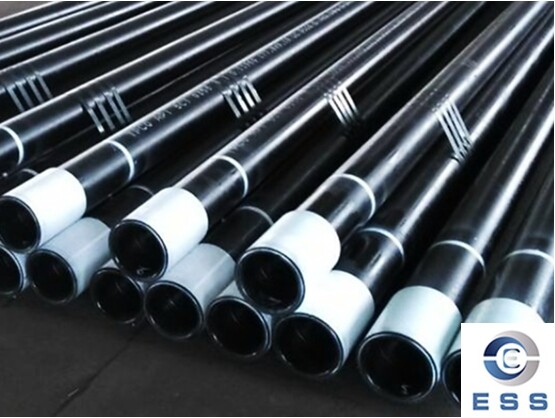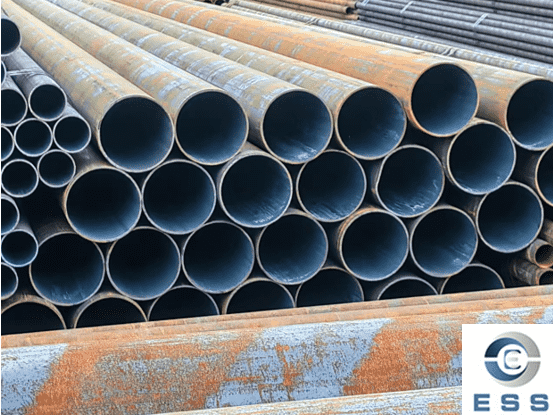Carbon
steel pipe is a pipe with carbon as the main alloying element, usually made
by welding bent steel plates or steel strips. Carbon steel pipes have good
toughness and reliable connectivity, and are widely used in construction,
machinery manufacturing, oil and gas and other fields.
Stainless steel pipes are a type of steel
pipe with a high chromium content. They have excellent properties such as not
easy to rust, acid and alkali corrosion resistance, and high temperature
resistance. Therefore, they are widely used in chemical, pharmaceutical, food
and other industries.
Although carbon steel pipes and stainless
steel pipes have different physical and chemical properties, they can be
connected by the correct welding method. Specifically, it is necessary to
select appropriate electrode materials and welding processes during welding to
ensure the strength and corrosion resistance of the weld.
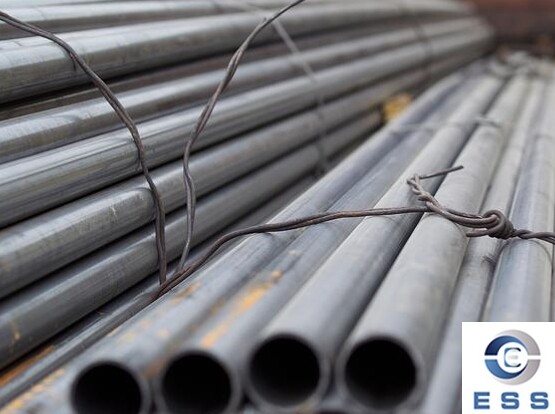
Welding is performed in the following
ways
1. Manual arc welding: The principle of
this method is to heat the filler material and the base material through an
arc, so that the filler material and the base material are melted and a bond is
formed during the cooling process. Manual arc welding can weld carbon steel
pipes and stainless steel pipes together, but it should be noted that during
the arc welding process, due to the good thermal conductivity of carbon steel
materials, stainless steel will often deteriorate, so the welding quality is
not easy to grasp.
2. Plasma welding: The principle of plasma
welding is to generate plasma from gas or gas mixture through discharge, and
then use the energy released by the plasma to melt the workpiece and filler
material. This method can weld carbon steel pipes and stainless steel pipes,
but it requires suitable process parameters and high-precision equipment.
3. TIG welding: TIG welding is an argon arc
welding process using non-flux core tungsten as an electrode and under the
protection of pure argon gas. TIG welding can easily connect stainless steel
pipes and carbon steel pipes together, and the weld has good appearance and
high weld quality, and is not prone to defects such as thermal cracks and
pores.
4. MIG/MAG welding: MIG welding is a gas
metal arc welding that uses inert gas or other shielding gas, while MAG welding
requires the use of active gas. MIG/MAG welding of carbon steel pipes and
stainless steel pipes requires the use of suitable filler materials, but can
quickly and efficiently connect pipes.
Precautions
1. Choose the right welding material:
Stainless steel welding materials should be given priority to ensure welding
strength and corrosion resistance.
2. Control welding temperature: When
welding carbon steel pipes and stainless steel pipes, it is necessary to master
the appropriate temperature and speed to avoid excessive temperature and
obvious deformation.
3. Avoid repeated processing: It is best to
complete the welding in one go to avoid multiple processing of the weld,
thereby avoiding reducing the strength of the weld.
4. Prevent pores: The different physical
properties between carbon steel pipes and stainless steel pipes are prone to
cause welding defects such as pores, so the gas flow rate should be controlled
and the welding wire should be selected correctly.
5. Remove residue: After welding, remove
the residue on the weld surface as much as possible to ensure the quality and
connection strength of the weld.
Summary
In short, through the above analysis, it
can be understood that carbon steel pipes and stainless steel pipes can be
welded. It is necessary to select appropriate welding methods for different
pipe properties and strictly control the welding process and welding quality.









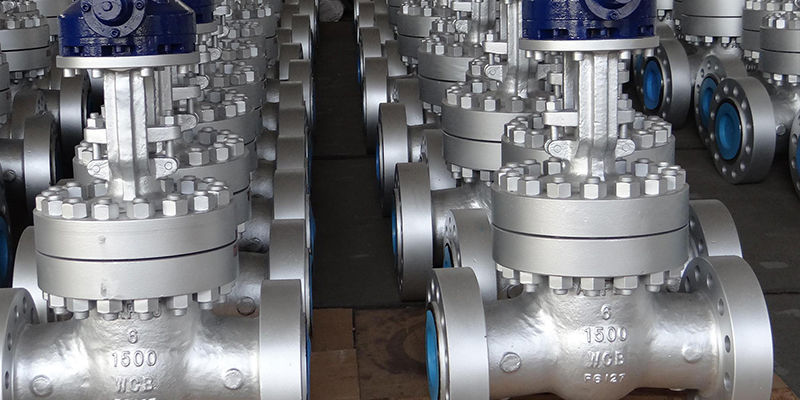



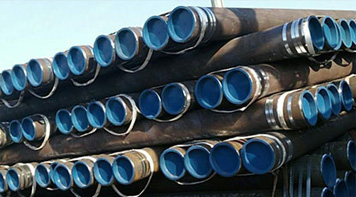 Eastern Steel Manufacturing Co.,Ltd not only improve product production and sales services, but also provide additional value-added services. As long as you need, we can complete your specific needs together.
Eastern Steel Manufacturing Co.,Ltd not only improve product production and sales services, but also provide additional value-added services. As long as you need, we can complete your specific needs together.
